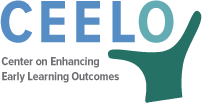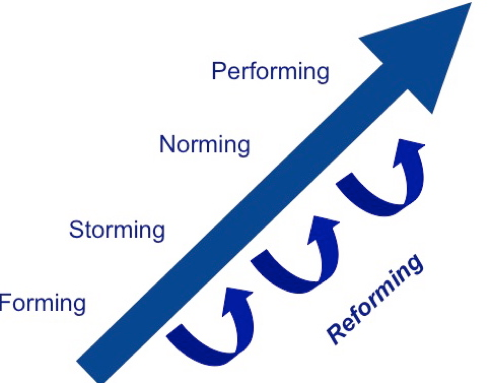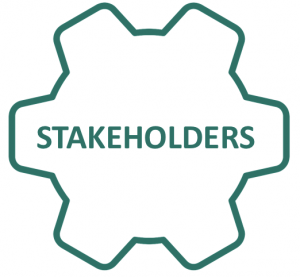 Collective leadership extends beyond the office of any single person and requires meaningful engagement of multiple partners. Once an urgent issue has been identified, the next step is to thoughtfully identify individuals, organizations and agencies who have a stake in the issue, either because they are touched by the problem or because they have the authority or ability to address it. As seen below in a map of early childhood stakeholders, working within the “silo” of the SEA or LEA will not bring to bear the full advantage of multiple stakeholders sharing the concern and wielding influence. Failure to engage the proper stakeholders can spell the difference between frustrated potential and success.
Collective leadership extends beyond the office of any single person and requires meaningful engagement of multiple partners. Once an urgent issue has been identified, the next step is to thoughtfully identify individuals, organizations and agencies who have a stake in the issue, either because they are touched by the problem or because they have the authority or ability to address it. As seen below in a map of early childhood stakeholders, working within the “silo” of the SEA or LEA will not bring to bear the full advantage of multiple stakeholders sharing the concern and wielding influence. Failure to engage the proper stakeholders can spell the difference between frustrated potential and success.
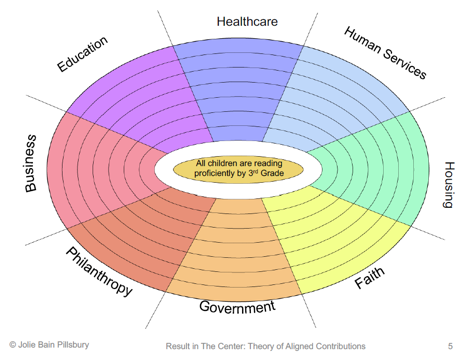 Who should be involved? The illustrations on the left and below consist of concentric circles that indicate how close the stakeholder exists in proximity to the intended beneficiary, the child. It stands to reason that the closer the stakeholder is to the central issue, the greater the concern and ability to improve the situation. Similarly, the templates below are useful tools to help identify stakeholders from different sectors who share the SEA’s concern and are closest to the desired outcome for the child.
Who should be involved? The illustrations on the left and below consist of concentric circles that indicate how close the stakeholder exists in proximity to the intended beneficiary, the child. It stands to reason that the closer the stakeholder is to the central issue, the greater the concern and ability to improve the situation. Similarly, the templates below are useful tools to help identify stakeholders from different sectors who share the SEA’s concern and are closest to the desired outcome for the child.
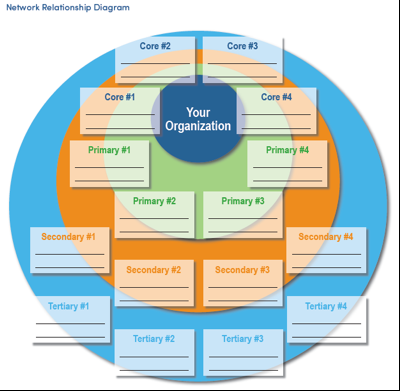 As you consider stakeholders to include in the decision-making process, it is useful to recognize some may fit into a “circle of influence” or a larger “circle of concern,” a distinction made by Steven Covey (1989). While we are concerned about certain issues, the key filter is to understand whether or not we have the authority and ability to actually influence it. Effective collective leadership ensures influencers are at the table, though it may mean engaging concerned persons who know others with something to contribute. Ownership is achieved when both the influencers and concerned believe there is credible, competent representation. Regardless of who is involved, it is important for all to actively participate and not just to be present.
As you consider stakeholders to include in the decision-making process, it is useful to recognize some may fit into a “circle of influence” or a larger “circle of concern,” a distinction made by Steven Covey (1989). While we are concerned about certain issues, the key filter is to understand whether or not we have the authority and ability to actually influence it. Effective collective leadership ensures influencers are at the table, though it may mean engaging concerned persons who know others with something to contribute. Ownership is achieved when both the influencers and concerned believe there is credible, competent representation. Regardless of who is involved, it is important for all to actively participate and not just to be present.
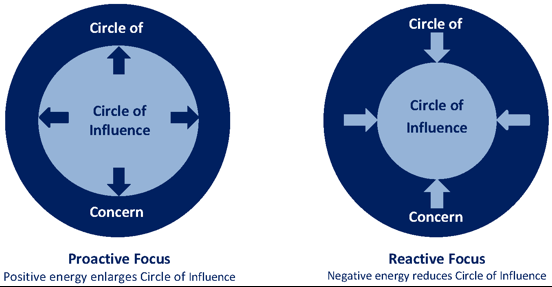 Why should others be involved? Diverse stakeholders should be engaged not simply because of their position within an organization or network. People should be included because they may possess a unique perspective, knowledge or skill that lends itself to creating a team with complementary attributes. Collective leadership recognizes that the power of many exceeds the power of one. Unlikely stakeholders from sectors such as business, military, faith, and communications have contributed significantly on the national level and should not be overlooked on the state and local level. Most important, parents must be invited and engaged because of their unique and fundamental role in shaping children’s lives. (The Circle of Influence – Covey, 1989)
Why should others be involved? Diverse stakeholders should be engaged not simply because of their position within an organization or network. People should be included because they may possess a unique perspective, knowledge or skill that lends itself to creating a team with complementary attributes. Collective leadership recognizes that the power of many exceeds the power of one. Unlikely stakeholders from sectors such as business, military, faith, and communications have contributed significantly on the national level and should not be overlooked on the state and local level. Most important, parents must be invited and engaged because of their unique and fundamental role in shaping children’s lives. (The Circle of Influence – Covey, 1989)
How should others be involved? In addition to people bringing their unique suite of skills, knowledge, and experiences, it is helpful to assign people specific roles. The facilitator role is perhaps most critical, but roles such as timekeeper, jargon buster, minutes taker, flip chart recorder, and process ensure the agenda is followed and all voices are heard. Roles may be rotated between meetings so no single person feels shackled by the job (i.e., being minutes taker can distract from engaging in the conversation) or shared within a meeting such as co-facilitators. Shared responsibility for the meeting is as important an ingredient for success as shared membership of the group and shared concern.
Will the group evolve over time? New groups evolve over time and develop their own personality. Bruce Tuckman (1965) described predictable developmental stages encountered by groups as they conduct their work over time. The Form – Storm – Norm – Perform sequence is constantly in motion as individual and group dynamics are constantly reforming. Tuckman added a fifth stage – Adjourn – and others have been mentioned to occur following adjournment such as Deform, Reform, Mourn.
Leaders may find it helpful to understand some details about these stages and how it influences everyone’s roles. Agile Thoughts on Team Dynamics (Sutton/Neurensic, 2016)
- Forming – some members positive and polite, others anxious and uncertain; leader role dominates as roles and responsibilities are not clear; stages can last a long time as relationships and trust builds; important to develop guiding principles, norms for working together, and transparency early.
- Storming – push against boundaries and limits; frustration over individual working styles; question team goals, authority; resist task assignments; stress among the committed; groups can fail at this point if not facilitated properly.
- Norming – resolve differences, appreciate colleagues, respect authority of leader and collective leadership; hold one another accountable; offer constructive feedback; committed to team goal and outcome; as new actions are identified, may slip back into Storming.
- Performing – hard work proceeds without friction to achieving goal; delegation by leaders occur; group not disrupted my new members joining or other members leaving.
- Adjourning – mission achieved with sense of achievement; close personal ties persist; sense of loss of working relationships and shared purpose.
Resources
- Theory of Aligned Contributions (Pillsbury, 2013)
- Covey’s Circles of Influence (Development Partnership)
- Birth Through Age Eight Stakeholders (IOM/NRC)
- Transforming the workforce for children birth through age 8: A unifying foundation. (IOM/NRC, 2015)
- Starting a Coalition
- Developmental Stages of Teams
- Strategic Relationships Guide (Child Care State Capacity Building Center, 2016)
Activities
- Stakeholder Engagement Template (CEELO, pp. 9,10)
- Network Mapping Tool (Advocacy and Communications Solutions, 2017)
- A Community Mapping Discussion Guide for Birth Through 8 Stakeholders (Institutes of Medicine/National Academies of Science, 2015)
